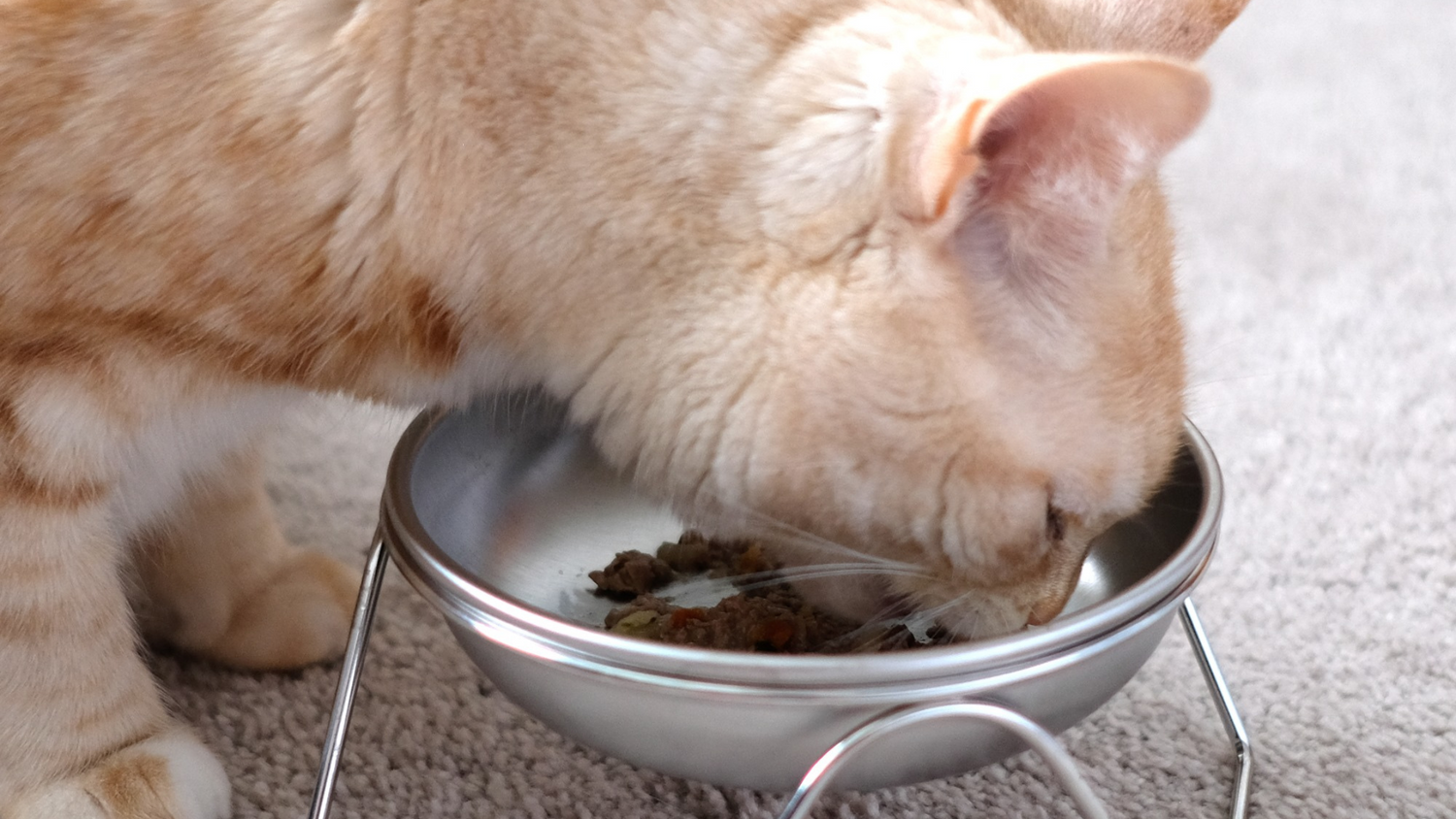Dogs are known for their curious and sometimes mischievous behavior. It’s not uncommon for a dog to chew on things they shouldn’t or eat items that are not meant to be consumed. However, if your dog’s behavior goes beyond the occasional slip-up and they seem to be eating everything in sight, it could be a sign of a condition known as Pica.
What is Pica?
Pica is a disorder characterized by the persistent ingestion of non-nutritive substances. This can include items such as rocks, plastic, paper, fabric, and even their own feces. The exact cause of Pica in dogs is not fully understood, but it is believed to be a compulsive behavior that may stem from nutritional deficiencies, boredom, stress, or even medical conditions such as diabetes or hyperthyroidism.
Signs of Pica in Dogs
If you suspect that your dog may have Pica, there are several signs to look out for. These can include:
- Excessive chewing or licking of non-food items
- Frequent vomiting or diarrhea
- Unexplained weight loss or poor coat condition
- Behavioral changes such as anxiety or aggression
- Excessive drooling
If you notice any of these symptoms in your dog, it’s important to consult with your veterinarian to rule out any underlying medical issues and determine if Pica is the cause of their unusual behavior.
Managing Pica in Dogs
While there is no specific cure for Pica, there are several steps you can take to help manage your dog’s condition and prevent them from ingesting harmful substances.
Ensure Proper Nutrition
It’s important to feed your dog a balanced diet that meets all of their nutritional needs. If your dog is lacking certain vitamins or minerals, they may be more inclined to eat non-food items in an attempt to satisfy their cravings.
Provide Mental Stimulation
Dogs that are bored or lack mental stimulation may turn to destructive behaviors such as Pica. Providing your dog with plenty of exercise, interactive toys, and training can help keep their mind occupied and prevent them from seeking out non-food items.
Supervise Your Dog
If your dog has a habit of chewing on or consuming non-food items, it’s important to supervise them closely, especially in areas where they have access to these items. Keeping potentially harmful objects out of reach can help prevent accidents and reduce the risk of ingestion.
Training and Behavior Modification
Working with a professional dog trainer or behaviorist can help address any underlying behavioral issues that may be contributing to your dog’s Pica. Positive reinforcement training and behavior modification techniques can help redirect your dog’s focus and discourage undesirable behaviors.
Conclusion
Pica can be a challenging condition to manage, but with the right approach and support from your veterinarian, it is possible to help your dog overcome their compulsive behavior. By addressing any underlying medical issues, providing proper nutrition, mental stimulation, and closely supervising your dog, you can help minimize the risk of them ingesting non-nutritive substances and improve their overall well-being.
FAQs
1. Can Pica be cured?
While there is no specific cure for Pica, it can be managed through a combination of proper nutrition, mental stimulation, and behavior modification techniques.
2. What should I do if I catch my dog ingesting non-food items?
If you catch your dog in the act of ingesting non-food items, it’s important to remove the item from their mouth and consult with your veterinarian to determine if medical attention is necessary.
3. Is Pica a common condition in dogs?
Pica is not a common condition in dogs, but it can occur in certain individuals, especially those with underlying medical or behavioral issues.
how do i know if my dog has pica
If your dog seems to have an insatiable appetite for items that are not food, it could be suffering from a condition known as pica. Pica is a disorder in which animals (and humans) crave and eat non-food items such as dirt, rocks, plastic, and even clothing. This behavior goes beyond the occasional curiosity for something unusual and can become a serious health concern for your pet.
There are a few different reasons why a dog may develop pica. One possible cause is nutritional deficiencies, such as an iron deficiency, which can lead a dog to seek out unconventional sources of nutrients. However, pica can also be caused by behavioral issues, stress, boredom, or simply a lack of proper training and boundaries. It’s important to identify the underlying cause of your dog’s pica in order to effectively address the issue.
In addition to causing digestive issues and blockages, pica can also lead to serious health problems if left untreated. Ingesting non-food items can damage a dog’s digestive tract and lead to painful and potentially life-threatening obstructions. This can require surgical intervention to resolve, putting your pet at risk for complications and a lengthy recovery.
If you suspect that your dog may be suffering from pica, it’s important to consult with a veterinarian as soon as possible. Your vet can help determine the cause of the behavior and create a treatment plan to address it. This may involve changing your dog’s diet to ensure they are getting all the necessary nutrients, providing environmental enrichment and mental stimulation, and addressing any underlying behavioral issues.
In some cases, medication or supplements may be prescribed to help your dog overcome pica. It’s crucial to follow your vet’s advice and closely monitor your dog’s behavior to ensure that the treatment is effective. Additionally, it’s important to keep potentially harmful items out of your dog’s reach and provide them with safe, appropriate chew toys to redirect their chewing behavior.
In addition to medical treatment, it’s important to address pica from a behavioral standpoint. Providing your dog with plenty of physical and mental stimulation can help reduce their urge to seek out non-food items. This can include regular exercise, training, and interactive toys to keep them engaged and entertained. Working with a professional dog trainer or behaviorist may also be beneficial in addressing any underlying anxiety or stress that may be contributing to the behavior.
Ultimately, pica in dogs can be a serious and potentially dangerous issue that requires prompt attention. By working with your veterinarian and addressing any underlying nutritional, behavioral, or environmental issues, you can help your dog overcome pica and ensure their safety and well-being. With the right approach, it is possible to break the cycle of this harmful behavior and help your dog lead a healthy, happy life. how do i know if my dog has pica








